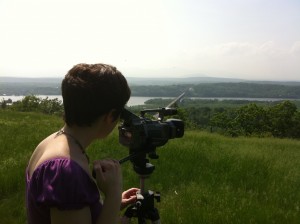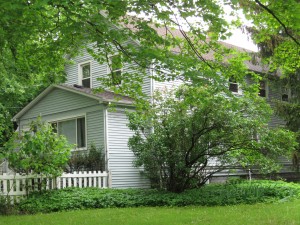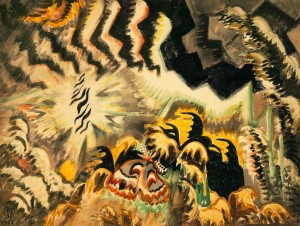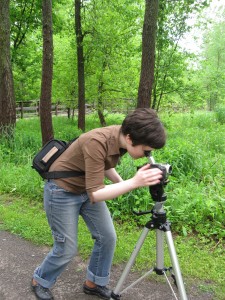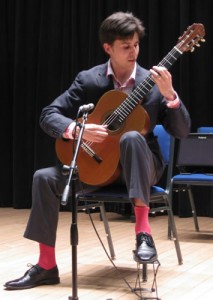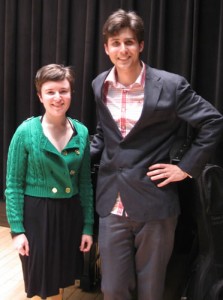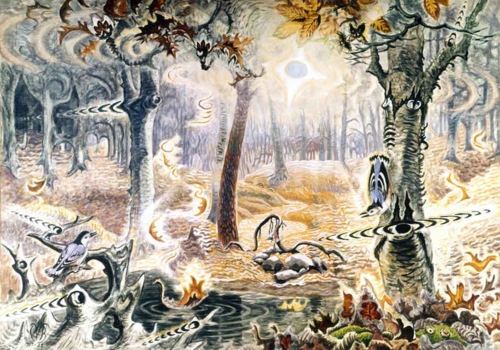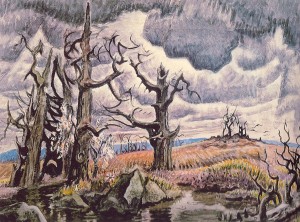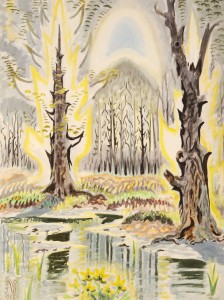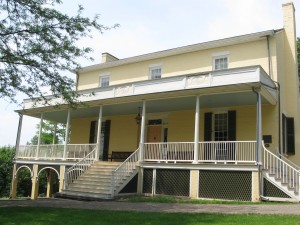
Yesterday I traveled back to Boston by way of Catskill, NY, for the second leg of my Beyond the Notes road trip (see my previous post for info about the Charles Burchfield portion of this trip). I went to Catskill in search of inspiration, information, and footage for my upcoming web video segment on the 19th century Hudson River School painter Thomas Cole and his cycle of five monumental paintings, The Course of Empire (the inspiration for my string quartet of the same name).
I set out with the goal of filming and photographing the region where Thomas Cole painted, found inspiration for many of his landscapes, and founded the Hudson River School. Using the Hudson River School Art Trail as my guide, I visited Cedar Grove, the painter’s home from the 1830s up to his death in 1848 and now the Thomas Cole National Historic Site. I also visited Olana, the former home of Frederic Edwin Church, another Hudson River School painter who studied with Cole; and the Kaaterskill Falls and surrounding country, a popular subject for Cole and his contemporaries.
While at Cedar Grove, I took a guided tour and stepped foot in his studio, study, and bedroom, and learned about his life and family. At the time, the family owned considerably more land than the historic site now occupies, and two additional studios on land adjacent to the main home have since been destroyed. (One will be reconstructed in the coming years.) Although it was entertaining and interesting to get a glimpse into history, it was the landscape that I felt would really hold the key to Cole’s world.
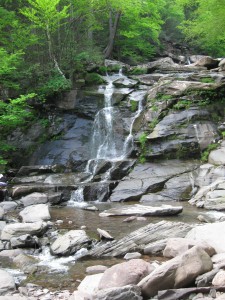
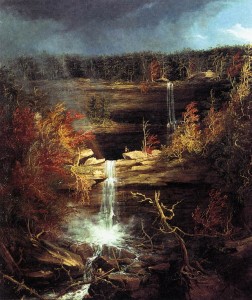
The land around Olana provided some stunning views of the Hudson River Valley, and I was lucky enough to hit upon beautiful weather. The drive into the Kaaterskill Clove and to the Kaaterskill Falls took me about 14 miles further into the Catskills up a winding mountain road, which was crawling with visitors swimming and sightseeing. I had some difficulty finding the views identified in the Trail Guide, particularly a clear view of Kaaterskill Clove, and I suspect that some locations that used to be ideal viewpoints have since become overgrown with trees.
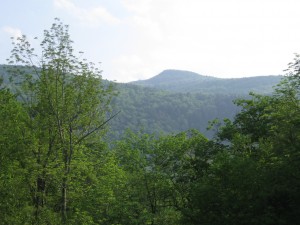
The trip into the Catskills was scenic, and it was easy to see why a painter might be inspired by the country. Still, I never quite found a landscape view that completely evoked, for me, the grandeur and the intensity of the images produced by Cole and contemporaries. These artists freely applied their imaginations and the Romantic ideals of the Sublime and the Picturesque to their images which, it seems, are truly larger than life.
If you’re interested in seeing more of Thomas Cole’s paintings from this region, among other locales, I recommend this excellent resource: explorethomascole.org
Next week I’ll be traveling to New York City to film an interview Linda S. Ferber, Senior Art Historian at the New-York Historical Society, and an expert in Thomas Cole and the Hudson River School artists.
